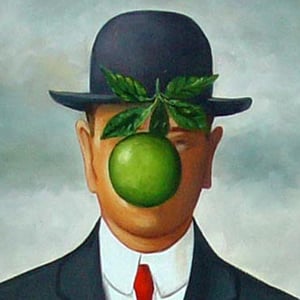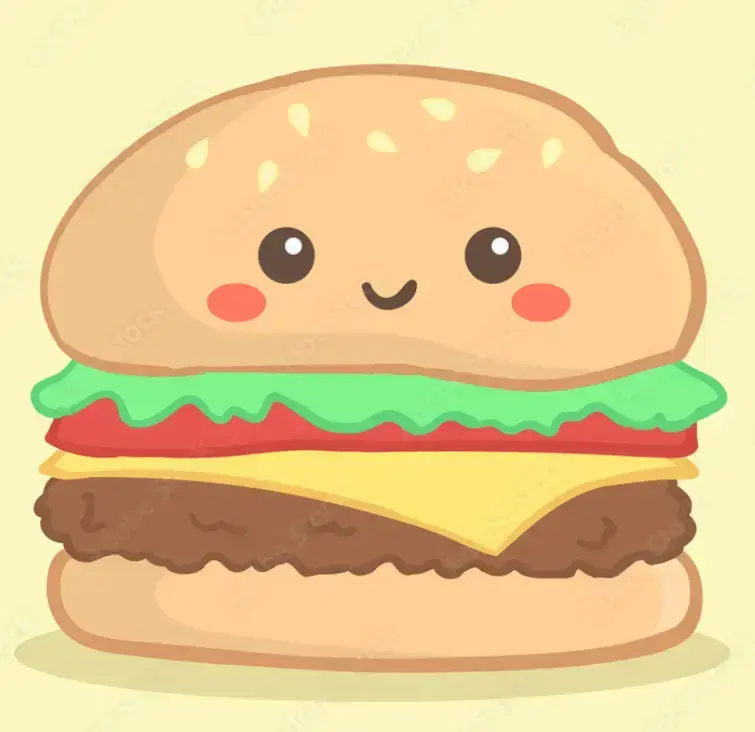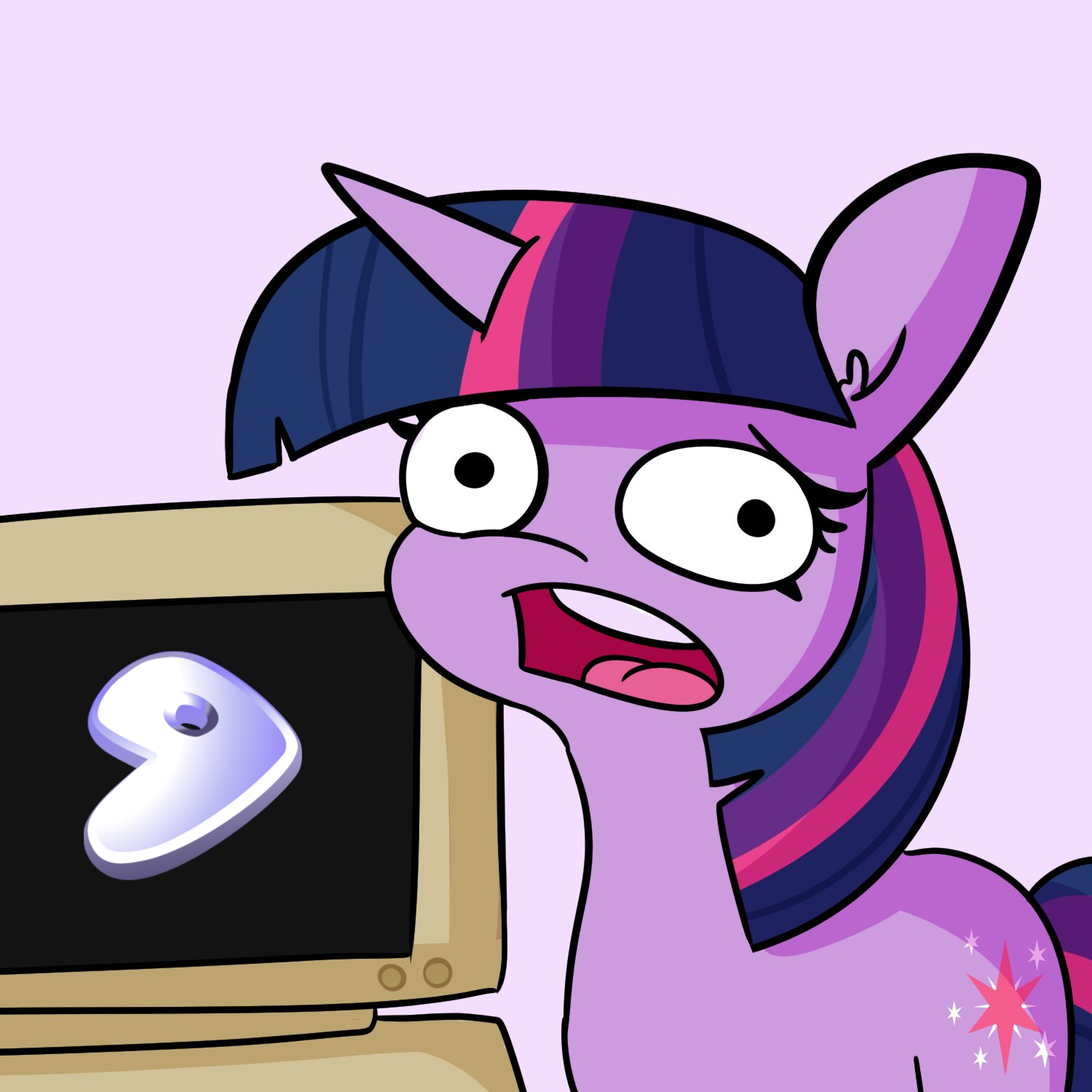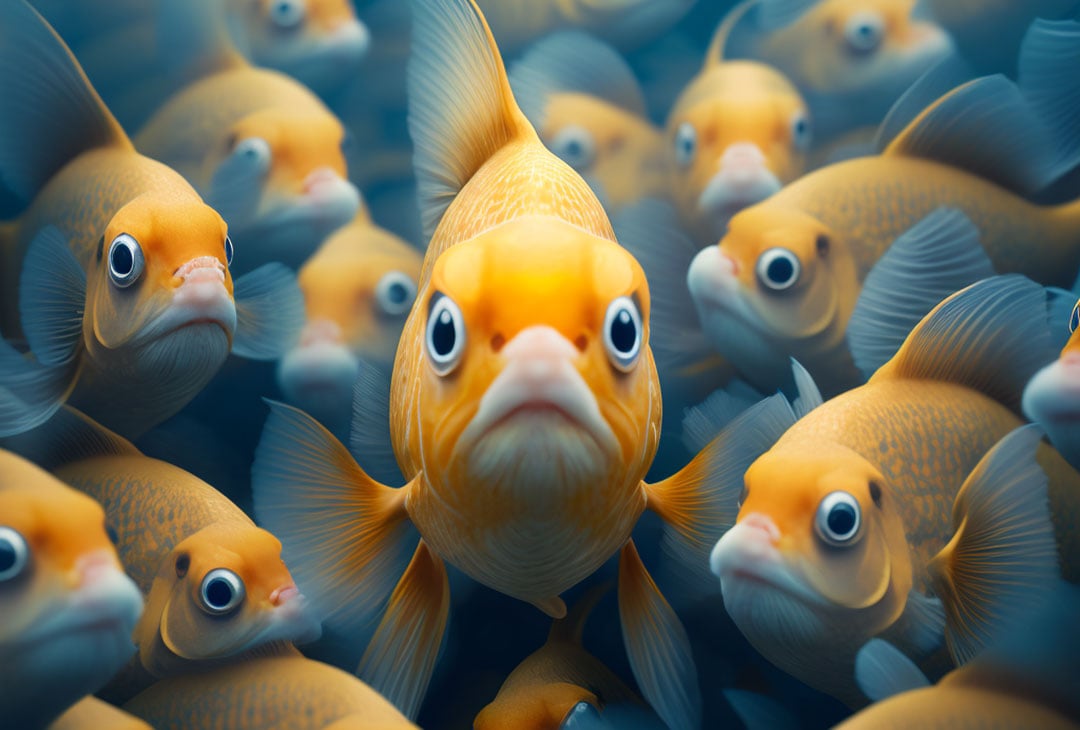GIFs have transparency, but not alpha blending so it would have jagged edges. When PNGs were first supported by IE, you had to do some crazy ActiveX scripting calls to make it work.
At the time, Microsoft had shut down the IE team since they had beaten Netscape in the browser wars. If it hadn’t been for Firefox, we would be stuck with that crappy PNG implementation!
If it weren’t for firefox, we’d be stuck with a lot of shit
Today’s kids don’t understand the struggle of 8 color gifs
Neither do today’s adults, since gifs always allowed up to 256 colors. (The “8” you’re probably thinking of was the number of bits per pixel.)
256 colors per frame, and not all pixels have to change in each frame.
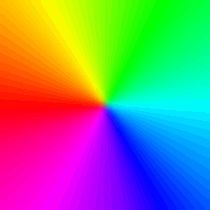
MAGIC! Huzzah!
You’re right, but I’m still technically right too ;)
We used gif before png
GIF doesn’t have transparency (Edit: more accurately, ranges of transparency). I thought that was the joke.
You made me understand the joke.
deleted by creator
TGA! ALL THE WAY!
the only time i think I ever interacted with targa files was with team fortress 2, and probably valve games in general
I’ve never used tga in my life
Back in the day I was a graphics professional. A targa file with alpha was the way. I’m old. 😄
They also used targa files in the first Mortal Kombat games.
I remember Targa. TGA had transparency and the format came around in '84.
My favourite in simplicity is still xpm (X PixMap) format. You can draw that in your text editor. XFCE’s window manager still uses it for borders.
G g g gif, the one bit alpha wonder
Gifs: am i a joke to you?
PNGs: No, you just weren’t alpha enough!
Anyone else remember when people hated PNG like they hate WEBP today, for the same reason; namely lack of wide-spread software support?
JXL is just better than WEBP
JpegXL is definitely better overall, especially for its texture-preserving features, but it’s even less supported than webp :(
How about 4096+RGB channels?
PNG mainly lacked support from Microsoft (Internet Explorer) and Adobe (Photoshop). IE didn’t handle PNG transparency, while Photoshop had a shitty PNG implementation that tended to produce files larger than an equivalent GIF. Held back widespread adoption for almost a decade.
PNG was built to replace GIF and TIFF.
The Portable Network Graphics (PNG) format was designed to replace the older and simpler GIF format and, to some extent, the much more complex TIFF format.
And it stands to this day, with the exception of animation:
One GIF feature that PNG does not try to reproduce is multiple-image support, especially animations; PNG was and is intended to be a single-image format only.
Though APNG came later, and we even have MP4.
http://www.libpng.org/pub/png/pngintro.html
Bonus:
No detail was too small for consideration in the authors’ quest for a near-perfect image format; yea, verily, even the acronym and pronunciation were major topics of discussion. The reason, of course, is the GIF format; some pronounce it with a soft G like giraffe, some with a hard G like gift, and no one really knows what they’re talking about. (For the record, the soft G is correct; it is how the author of the format pronounces it.)
“PNG” is always spelled* “PNG” (or “Portable Network Graphics”) and always pronounced “ping” in English, not “pinj” or “pee en gee” or any other multi-syllabic disaster. (For non-English speakers, the three-letter pronunciation is fine, however.)
If they wanted me to pronounce it ping they should’ve spelled it ping.
It took too long to relay that.
Portable Internet/Network Graphics?
Never heard anyone pronounce it ping, lol! P-N-G is a better pronunciation anyway. Less ambiguous, there’s already something called ping that is super common in computing.
Odd they bring up TIFF. That one is more like a container format that can hold many different types of images.
Funfact: APNG is now stadardized as part of third edition of PNG spec
with the exception of animation.
Funny you should mention that… From the GIF89 specification, Appendix D:
Animation - The Graphics Interchange Format is not intended as a platform for animation, even though it can be done in a limited way.
bring back bmp and tiff formats
Ugh. I was so happy when jpg or gifs came Into common use. bmp and tif files took so long to load.
Back in the 90s, I was asked to critique a local business web site. I noticed a picture wasn’t loading correctly on Netscape Navigator when it was working fine on IE. Turned out, the designer had stuck in a 5MB BMP image. This when a whole lot of people were still on 56K modems.
i’m a chaos gremlin.
excellent.
My scanner defaults to .tiff for some reason if I scan from the button and it cannot be changed. Have to scan from gnome-document-scanner if I want different formats.
TIFF was invented for scanners and is lossless, out at least less lossy than jpg
Good to know, didn’t realize it was lossless! For me the format I usually need my scans in is pdf, but that is useful info!
Fuck no
PCX 4 lyfe!
Wasteful. Just use an Amiga IFF file.
That was the world long after PNG was invented since IE didn’t support it for years, and the majority of people and all the businesses used IE.
Nah, they just had the interns rotoscoping everything manually
Back in my day we used BitBlt and we were damn grateful to have it!
GIF:
Am I a joke for you?
Everyone: yes
Itt: people who missed the joke



